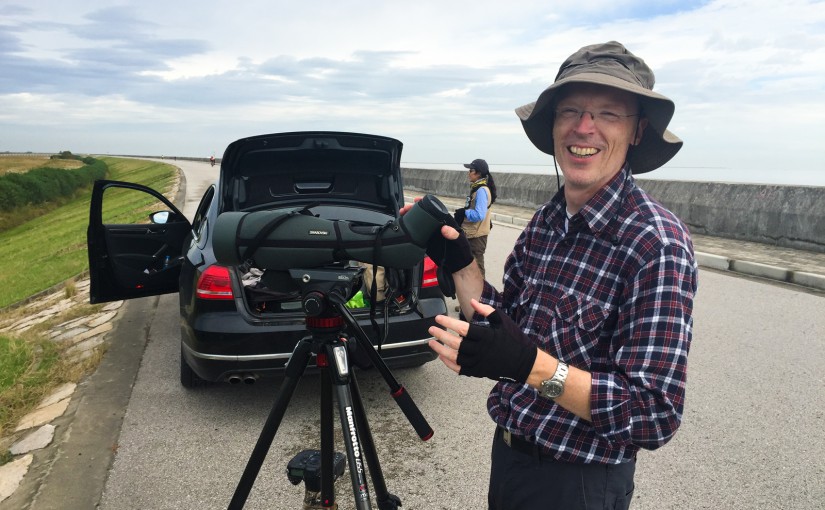by Craig Brelsford
Founder, shanghaibirding.com
On Sat. 7 Nov. our birding Dream Team noted 70 species. Nanhui once again outshone Lesser Yangshan, yielding 12 Black-faced Spoonbill and Dalmatian Pelican. Japanese Thrush were particularly abundant, with a count of 37. A juvenile Rook, uncommon in Shanghai, flew by briefly, and we noted 3 Reed Parrotbill.
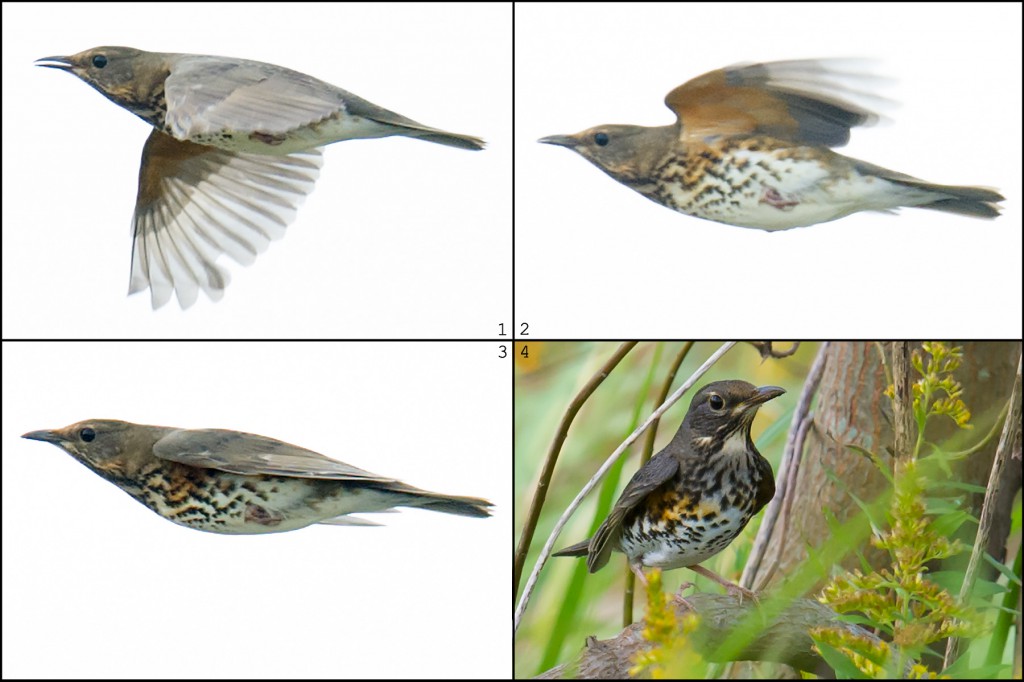
The unseasonably warm day began on Lesser Yangshan. We saw two sizable flocks of Brambling, noted Eurasian Sparrowhawk and Black Kite, and found singing Meadow Bunting, territorial even in November.
At the Magic Parking Lot in Nanhui, we waited with the photographers for a smart male Siberian Rubythroat before driving down to the empty, blue-roofed building. The scrubby fields near the building produced 7 Japanese Quail as well as Peregrine Falcon, Hen Harrier, Eastern Marsh Harrier, the Rook, and several of the Japanese Thrush. In the nearby microforests, Japanese Thrush and Eyebrowed Thrush were massing in big flocks, underscoring the importance of those woodsy oases amid the reeds and rice fields that cover most of the area.
Exhausted from the heat, we sat down in Microforest 1 to rest. This was a good decision, as the quiet sitting allowed shyer birds to appear from the reeds just behind the trees. Among these were Japanese/Manchurian Bush Warbler and the Reed Parrotbills. A Brambling loitered on the forest floor, grooming itself. A Siskin, too hungry to care about us, picked at a seed head just meters away. Red-flanked Bluetail and Daurian Redstart foraged right at our feet.
At the Magic GPS Point, a Pale Thrush flew into a window at the garishly large, completely empty building next to the Holiday Inn. I picked up the unconscious bird, an adult male. The thrush had flown hundreds of kilometers to get to Nanhui, but it was exquisite, a beautiful specimen, flawless and clean. I stroked the incredibly soft, smooth feathers, marveling at their beauty. We snapped pictures of the outer tail feathers showing the white tip, important for ID’ing Pale Thrushes in flight. We set it down in a flower bed next to the rotten carcass of a Black-capped Kingfisher that doubtlessly had met its end by flying into the same huge windows. We feared the thrush was dead, but to our surprise, when we came back a while later, the thrush had disappeared. Few Chinese pick up dead birds, and I’ve never seen cats in the area, so it is highly possible that the thrush survived the collision and went on its way.
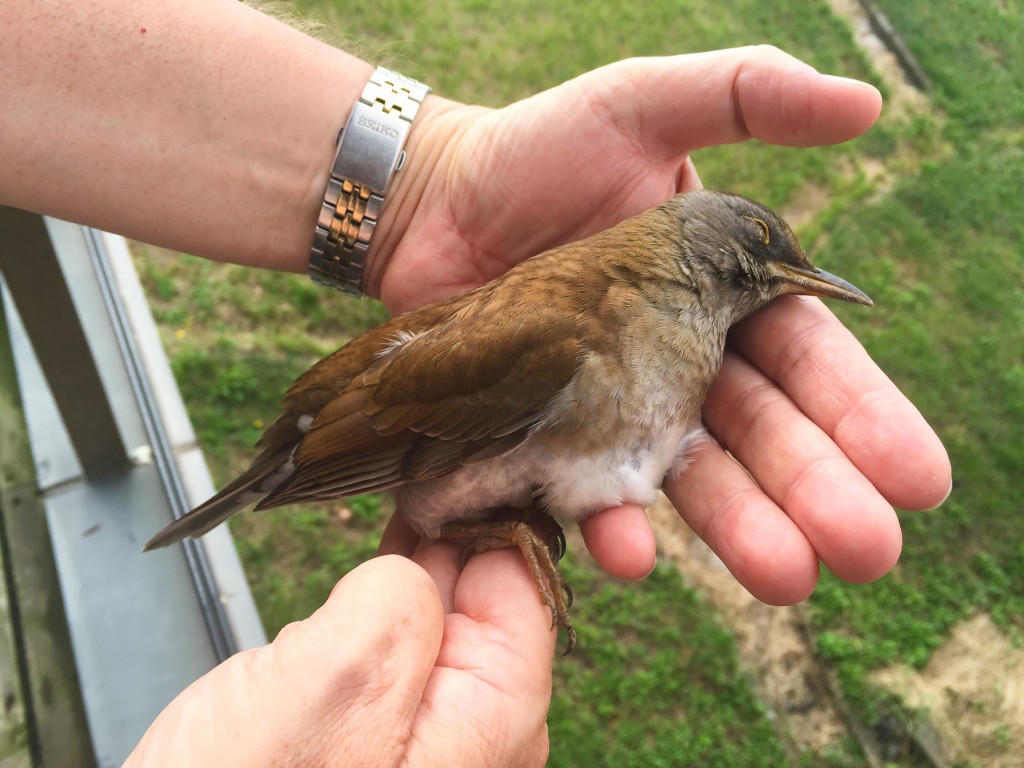
The Rook, a scarce winter visitor in the Shanghai region, required some analysis; it was a good thing I got photos. Looking at the photos on my MacBook, I had the following thought process: (1) Bill, forehead much unlike Large-billed. (2) Is our bird therefore Carrion Crow or juvenile Rook? (3) Mark Brazil (Birds of East Asia) has Rook as a winter visitor to Shanghai region but has Carrion Crow no further S than Hebei. Elaine and I also have experience with Rook in this region; we noted 2 Rook on Lesser Yangshan on 20 Sept. 2014. We have never noted Carrion Crow in the region. (4) My photos clearly show a crow with a straight culmen, not decurved like that of Carrion–a straight culmen being a classic feature of Rook.
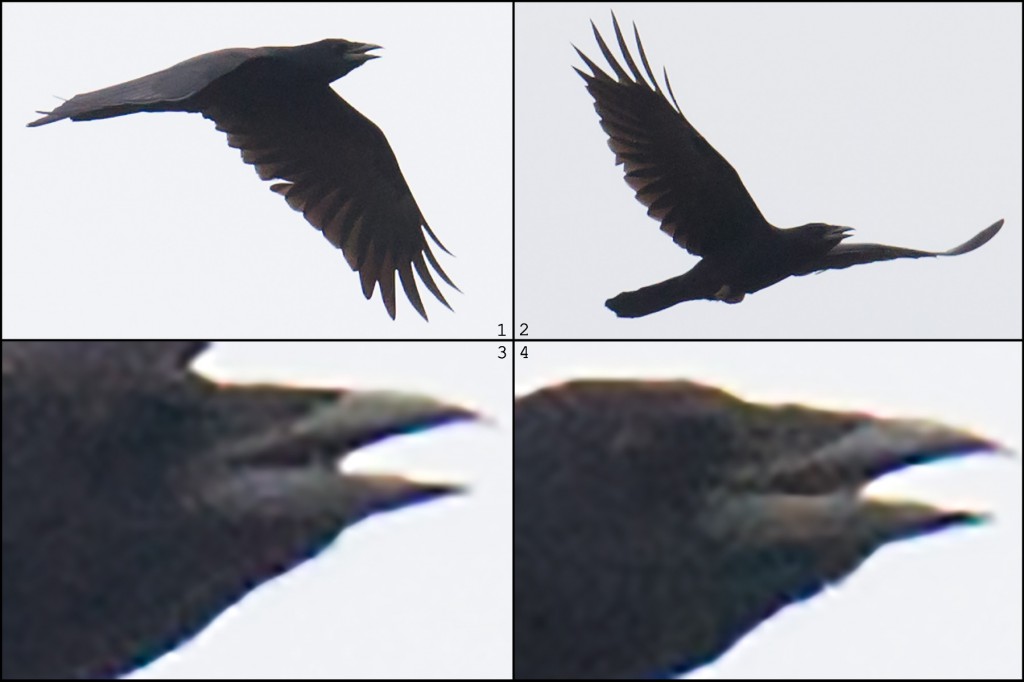
The all-black crows are uncommon in Shanghai. Whenever birders see an all-black crow in this area, we should take it seriously and try hard for an ID. Many birders find crows boring, but Rook in Shanghai is one of the most interesting records we had that day.
The Dream Team consists of veteran birder Michael Grunwell, husband-and-wife team Stephan Popp and Xueping Popp, Elaine, and me. With Michael’s knowledge and Xueping and Elaine’s diligence, and with Stephan and me taking care of the record shots, the Dream Team almost always nails the ID.
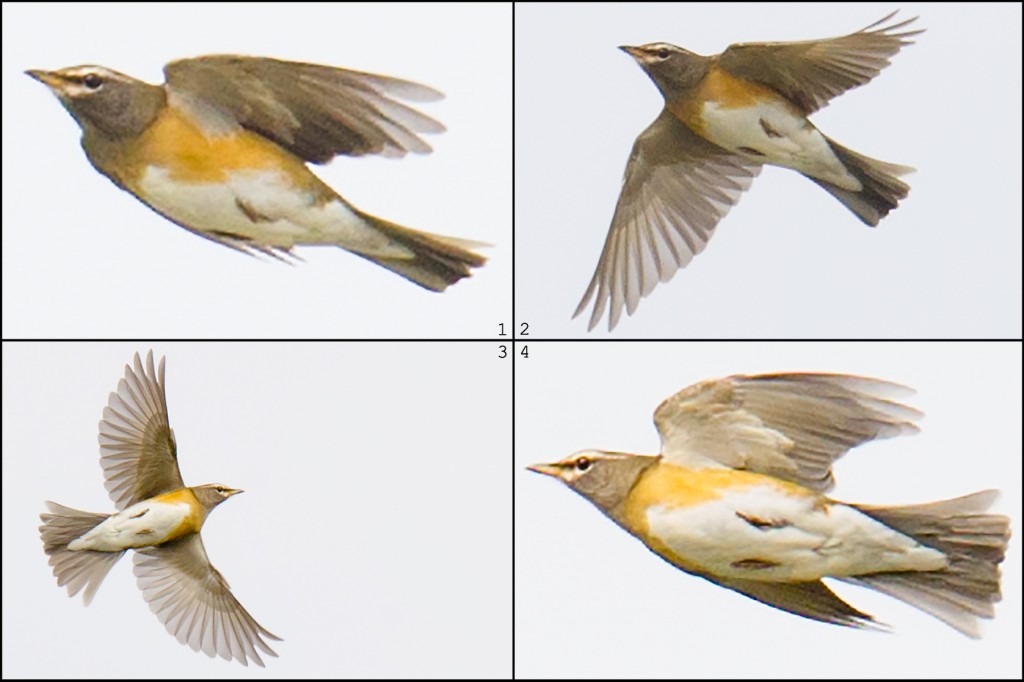
Featured image: Stephan Popp using Craig Brelsford’s spotting scope, Elaine Du in background. Cape Nanhui, Shanghai, 7 Nov. (Craig Brelsford)

